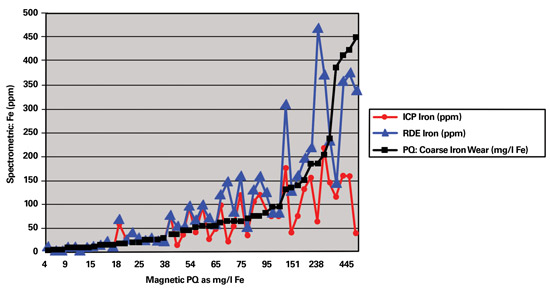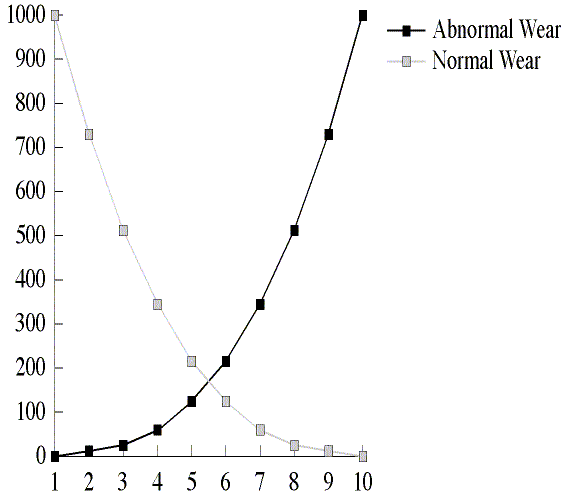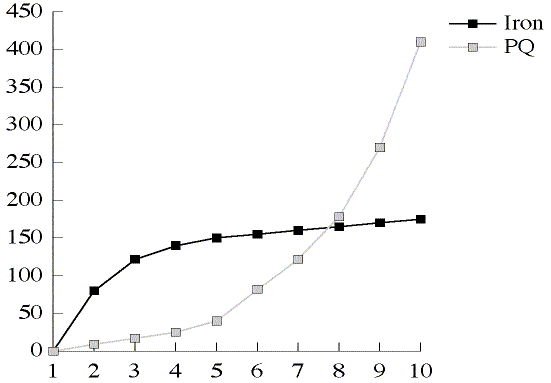Хорошая работа про MoDTC, для любителей Motul 300V, для тех кто ушел с Олейны, но Олейна с оргазмом Торкоши от MoDTC не ушоа от него

Modestino De Feo. Impact of thermo-oxidative degradation of MoDTC additive on its tribological
performances for steel-steel and DLC-steel contacts. Other. Ecole Centrale de Lyon,
2015. English. ¡ NNT : 2015ECDL0054
Итоговое заключение просто великолепно
==========================================
MoDTC additive has been the subject of both fundamental
and applied research, because of its importance as a friction modifier in modern lubricants.
The principal intent of this thesis was to further investigate the MoDTC-containing base oil
behavior, covering its two main drawbacks. A crucial factor in practical MoDTC research
related to engine lubricant is the lifetime of its friction-reducing capability. At the same time,
to date, the antagonism existing between MoDTC and DLC coatings leading to a
catastrophic wear is not fully understood yet. A fundamental approach to better understand
the behavior of MoDTC when subjected to thermo-oxidative degradation is obtained
through a combination of tribological experiments with steel/steel and DLC-involving
contacts, surface characterization techniques (XPS, FIB/TEM/EDX, Raman, SEM) and bulk
oil characterizations (Liquid Chromatography, Mass spectroscopy, FT-IR). A direct link
between the tribofilm composition and the hypothetical chemical pathway followed by the
MoDTC additive during the ageing process has been discussed. The findings reported in this
thesis allow to hypothesize the formation of molybdenum oxi-sulfides lamellar sheets in the
contact together with well-known MoS2 sheets. These MoS2-xOx species strongly influence
the MoDTC friction performance. In the light of the results presented in this manuscript, it is
highly probable that the formation of the MoS2-xOx species is promoted by the gradual
oxidation of the MoDTC molecule happening directly in the bulk oil. Moreover, it has been
experimentally established that the addition of traditional ZDDP anti-wear additive has a
double effect. It slows down the MoDTC depletion preventing its oxidation and it induces an
additional sulfurization of the molecule, which enables to maintain the reduction of the
friction coefficient even after long degradation time for the lubricant.
As mentioned above, commonly, the modern additives are designed to be used on ferrousbased
surfaces. It is therefore essential to simultaneously optimize the lubricants and
coatings to enhance their performance. For the first time, it has been proposed a wear model
for the hydrogenated DLC lubricated by MoDTC-containing base oil, involving the
formation of molybdenum carbide imbedded into the tribofilm formed on the steel surface.
At this stage it results complicated to individuate the exact mechanisms due to the many
parameters involved in the process. However, it is believed that the high wear produced on
the DLC material is due to a chemical reaction between the molybdenum-based species
produced on the steel counterpart and the carbon of the hydrogenated DLC-coated flat
coupon. The formation of molybdenum carbide seems to be facilitated by the presence of
silicon inside the hydrogenated DLC material. Moreover tribo-chemical hybridization
change of carbon (sp3 towards sp2) has been studied experimentally by HR-TEM and
electron energy loss spectroscopy (EELS) on wear debris collected on the contact zone.
Surprisingly, even under severe tribological conditions, a strong graphitization of the DLC
wear debris was clearly detected.
===================================================
т.е
1. Эффект есть от работы, но деградирует бустро, надо не проморгать момент замены, в главе два показано что не дает стабильной толщины пленки, при снижении с одной стороны коэффициента трения с другой стороны задиры поверхности практически такие же как у базового масла без добавок - все в как у серпентинов..
2. Без старого доброго ZZDP деградация MoDTC идет eще быстрее
3. Не совместим с DLC покрытиями и вызывает их повышенный износ - любителям сыпать колхозные реагенты DLC покрытий в масла c MoDTC на заметку...
Одним словом не буду святотатствовать, но нет для двигателей с HTHS > 3.5 и дизелей круче масел чем 228.31 и 228.31 лишенных всех этих новомодных баз и этих модных MoDTC добавок
 Отправлено спустя 1 час 7 минут 53 секунды:
Отправлено спустя 1 час 7 минут 53 секунды:
А вообще читаем спокойно описания продуктов Vanderbilt Chemicals, LLC
http://www.vanderbiltchemicals.com/prod ... n-reducers
MOLYVAN® L Friction Reducer
MOLYVAN L is an oil-soluble organic molybdenum additive containing sulfur and phosphorus. It functions as friction reducer, antioxidant, antiwear, and E.P. agent. It is used in engine oils, metalworking compositions and in a variety of industrial and auto-motive lubricating oils, greases and specialties. MOLYVAN L is an outstanding antiwear agent. It is quite useful in automotive and industrial gear oils and greases which operate under heavy load conditions. Note: Since oil formulations vary it is recommended that upon the incorporation of any additive the finished product be tested to confirm original test results.
In some formulations, the presence of MOLYVAN L may contribute to copper corrosion which would be detrimental to some diesel engines. Therefore, its use in such lubricants is not recommended
MOLYVAN® 807 Friction Reducer
MOLYVAN 807 offers a unique molybdenum-sulfur combination in an oil-soluble form which is easy to blend into lubricants. MOLYVAN 807 can be used to maintain the antifriction and antioxidant properties of an engine oil while reducing the phosphorus content. To obtain significant increases in extreme pressure properties and impart improved antiwear performance, MOLYVAN 807 can be used in combination with VANLUBE® 7723, a non-metallic dithiocarbamate which functions as antioxidant and extreme pressure agent. Note: Since oil formulations vary it is recommended that upon the incorporation of any additive the finished product be tested to confirm original test results. In some formulations, the presence of
MOLYVAN 807 may contribute to copper corrosion which would be detrimental to some diesel engines. Therefore, its use in such lubricants is not recommended.
MOLYVAN® 807 US Only Friction Reducer
MOLYVAN 807 offers a unique molybdenum-sulfur combination in an oil-soluble form which is easy to blend into lubricants. MOLYVAN 807 can be used to maintain the antifriction and antioxidant properties of an engine oil while reducing the phosphorus content. To obtain significant increases in extreme pressure properties and impart improved antiwear performance, MOLYVAN 807 can be used in combination with VANLUBE® 7723, a non-metallic dithiocarbamate which functions as antioxidant and extreme pressure agent. Note: Since oil formulations vary it is recommended that upon the incorporation of any additive the finished product be tested to confirm original test results. In some formulations, the presence o
f MOLYVAN 807 may contribute to copper corrosion which would be detrimental to some diesel engines. Therefore, its use in such lubricants is not recommended.
а про присадку с бором
ANLUBE® 289 Lubricant Additive
VANLUBE 289 is a boron-containing antiwear additive that does not contain phosphorus, sulfur, or metallic elements. It is an effective antiwear additive, by itself or in combination with other antiwear/EP additives. Falex Pin and Vee Block Test data show that VANLUBE 289 affords antiwear protection not provided by other additives such as zinc dialkyl dithiophosphate, ashless dialkyl dithiophosphate, zinc diakyl dithiocarbamate, molybdenum diakyl dithiocarbamate, ashless dialkyl dithiocarbamate, and alkyl thiadiazole. The Falex Pin and Vee Block Test data also show that VANLUBE 289 forms synergistic combinations with these additives. Thus, VANLUBE 289 is an ideal antiwear additive for the formulation of low sulfur, ash, and phosphorus (SAP) engine oils, or other lubricant applications in which these elements are restricted
извините, эта компания будет чуть побольше LN, Xenum и Totek



